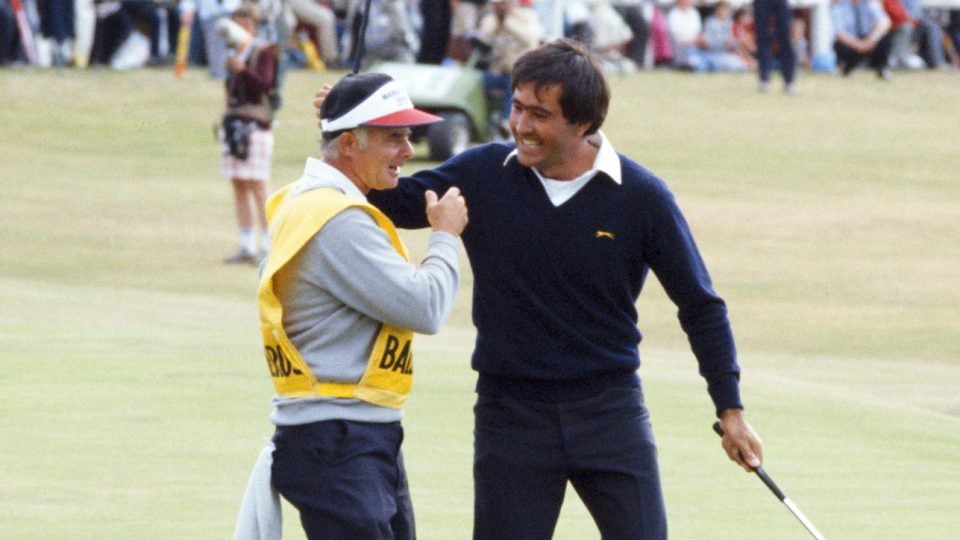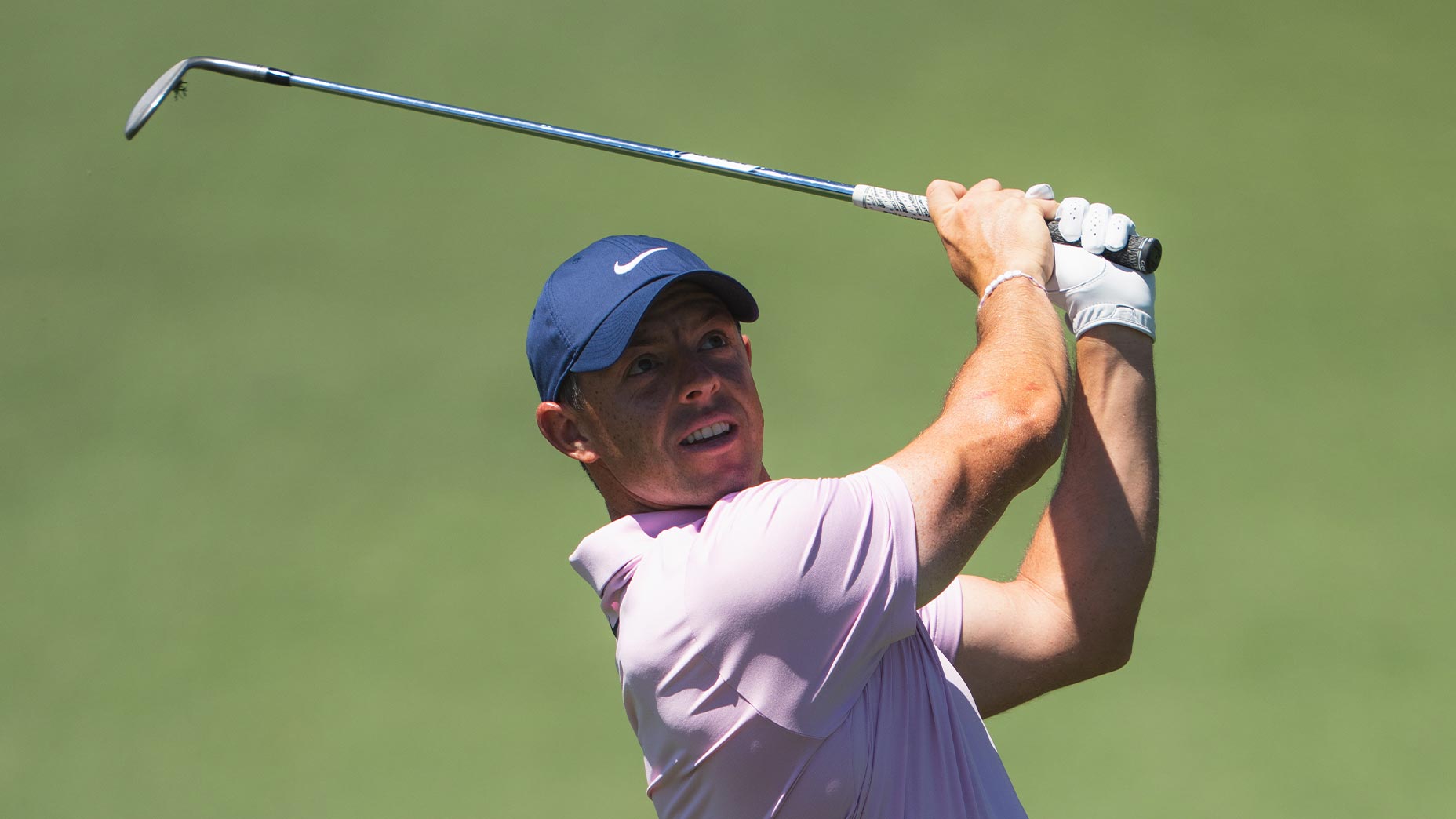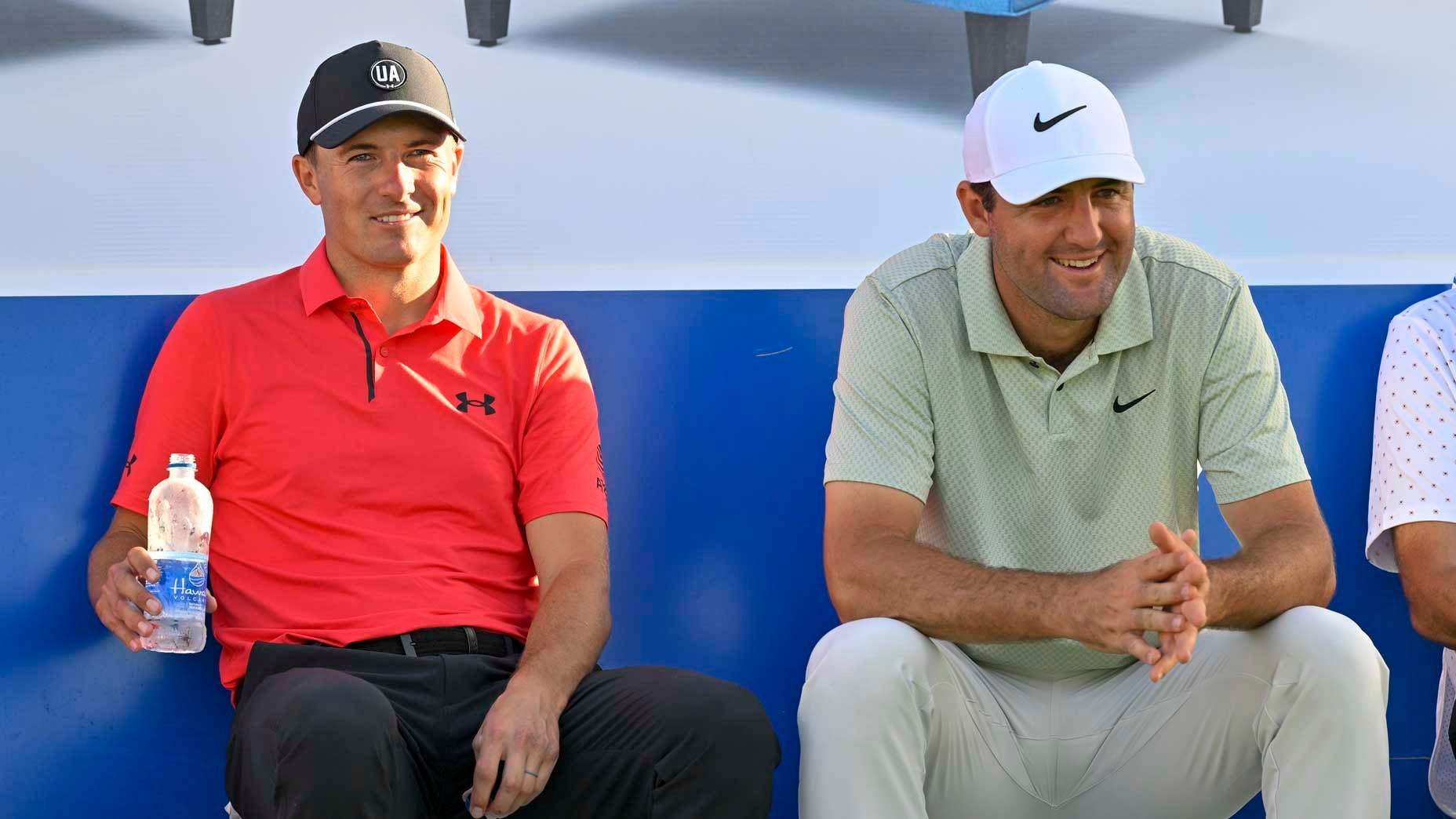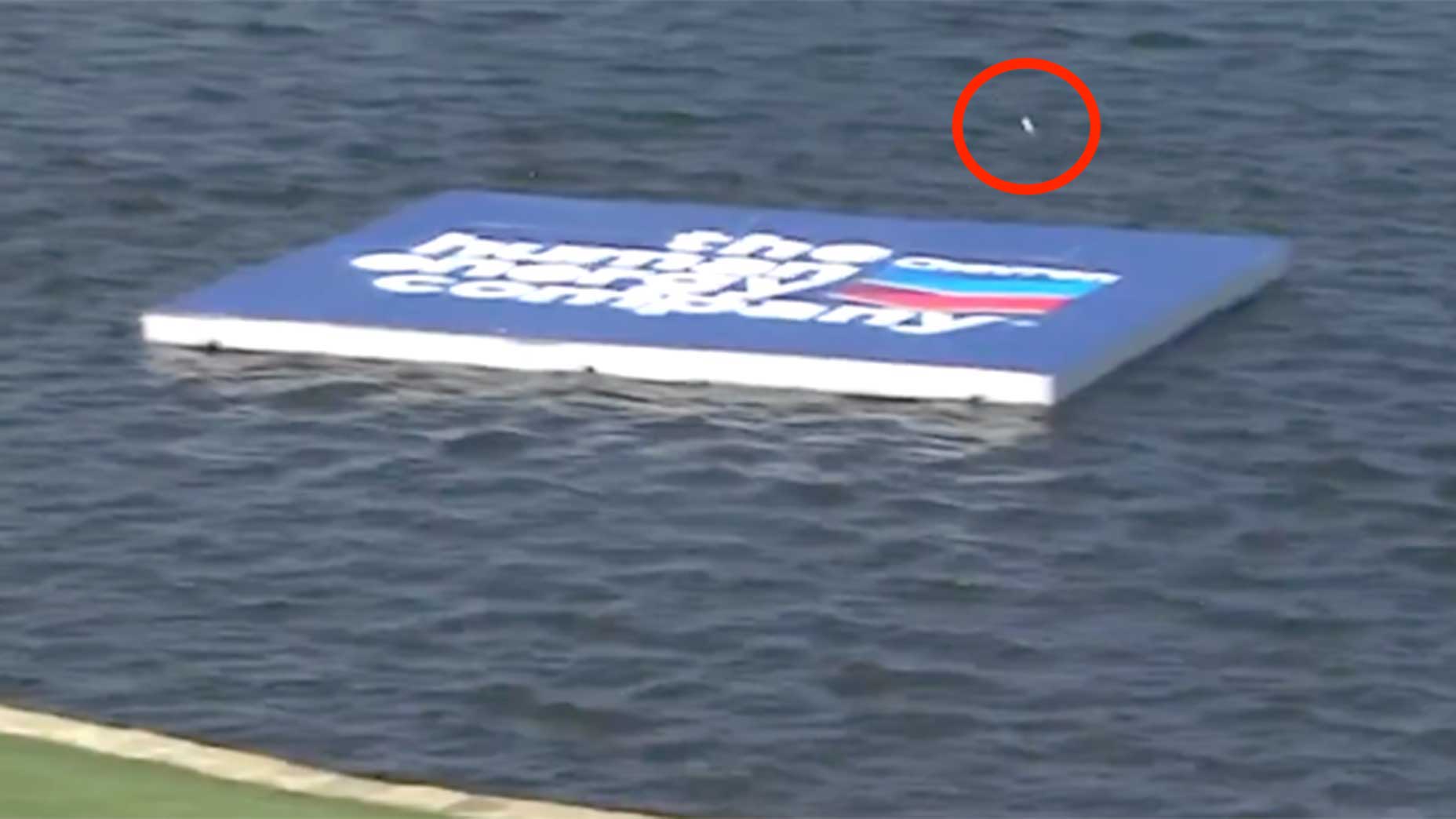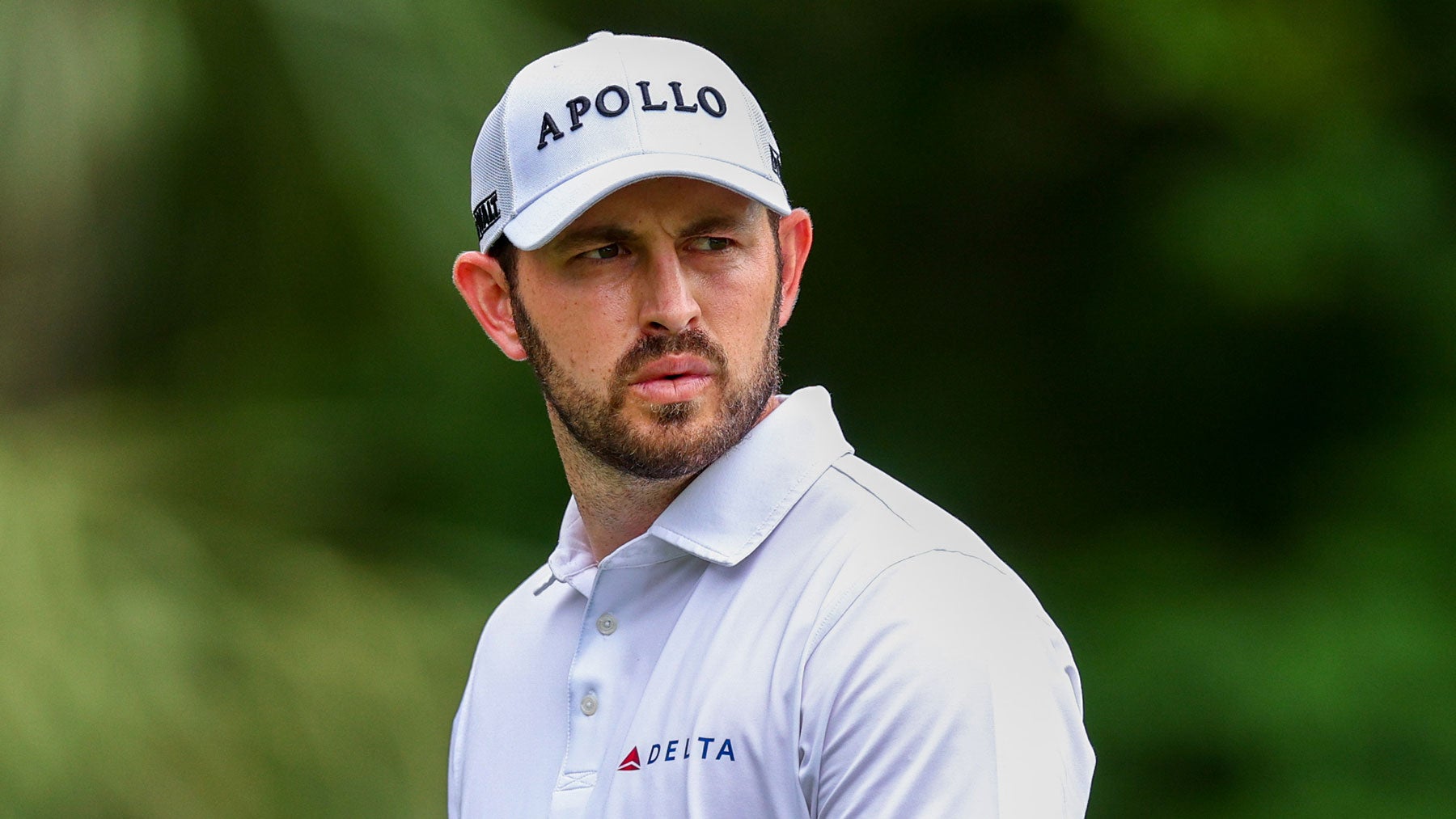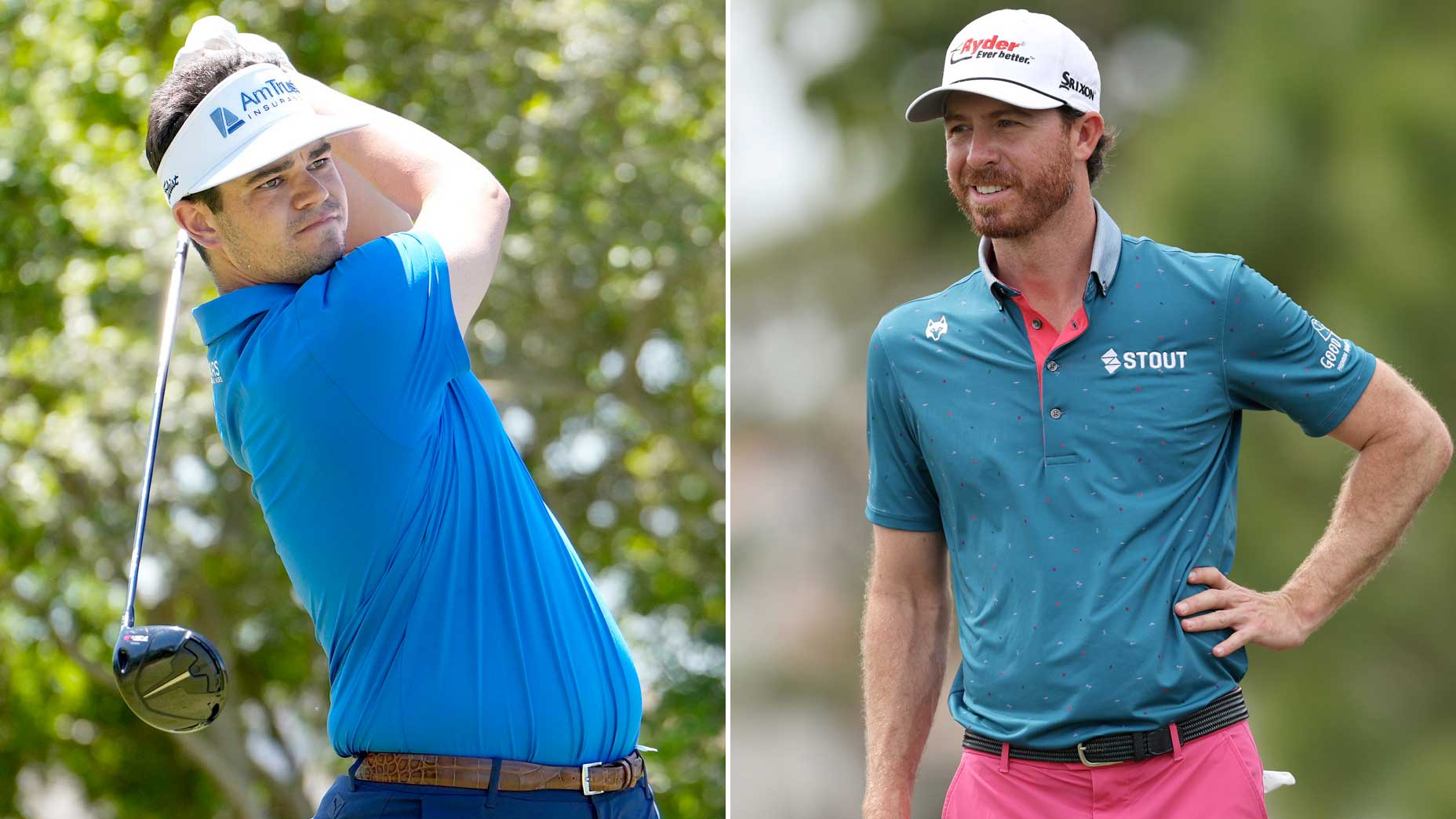Bob Jones was Bob Jones, and Big Jack was Big Jack. Arnold was Arnold. But the Einstein of 20th-century golf was Hogan, and Seve was its Picasso. No man is an island and Picasso needed someone to clean his brushes, frame his paintings, get him to his openings and all the rest. There was an ever-changing cast of characters in these roles, in part because the Spanish artist was impossible, as geniuses often are. As for Ballesteros, the same.
The mercurial, frugal, dashing, charismatic Spanish golfing artiste had an ever-changing lineup of teachers, caddies, agents, friends, lady friends, equipment deals, Ryder Cup partners and rivals. That he won two of his five majors with one caddie is statistically unlikely. But he did, with a man named Nick DePaul, a caddie-yard legend in the era when caddies were seen but not heard. That was the code. Players spoke in the first person.
DePaul, a lifelong resident of Broomall, Pa., a working-class Philadelphia suburb, died on New Year’s Eve day. He probably should have gone to the hospital on Dec. 30, but the Eagles were shutting out the Washington Redskins that day and securing a spot in the playoffs, so there was no way. He was 78. The cause of death was kidney failure.
It is probably not fair to marry DePaul’s life and times as a touring caddie to just one player, as he carried winning bags 30 or so times over the course of his 30-year career. Here’s a partial list of the serious golf talent for whom DePaul caddied, and whose interior lives he understood like a trained psychologist: Gary Player, Bruce Crampton, Greg Norman, David Frost, Graham Marsh and George Archer.
With Ballesteros, DePaul won the 1983 Masters and the 1984 British Open. You know where the 1983 Masters was played. Seve chipped in for par from the back of the green on 18 on that Sunday in April, shook Tom Watson’s hand and hugged DePaul, already balding and gray and wise in the ways of club selection and rein-management. As for the ’84 Open, it was at the Old Course, St. Andrews, Scotland. When Seve, in the best navy V-neck sweater golf has ever seen, holed a hooking 15-footer on the last to all but secure victory, it was DePaul who pulled the ball out of the cup. The old burial ground was beneath them both, covered by sand, dirt and grass.

Watson was one hole behind just then, alongside his caddie, Alfie Fyles, with whom he won his five Opens. Fyles and DePaul were similar in style, standing close to the ball as their bosses considered lie and wind and shot, ready to offer a comment, but only if asked. It was once a quieter profession. Nick DePaul had been a U.S. Airman stationed in Europe in the 1960s. He could read Morse Code fluently and find the frequency on any radio you put in front of him, whether it belonged to a friend or foe or otherwise. He wasn’t nervous down the stretch in golf’s biggest events. That’s why so many players sought his services, particularly players from overseas, who didn’t want a lot of hand-holding anyhow.
“If you could handle Seve, you could handle anybody, because he was very, very difficult,” the late English caddie Dave Musgrove once said. He was speaking of himself and his experiences with Ballesteros. But he could have been speaking of his friend Nick DePaul, too.
DePaul caddied for Ballesteros at the 1985 Ryder Cup. It’s never easy when an American caddie works for a European player. If the player in question is Seve, all bets are off. On Sunday, in singles, Tom Kite and Ballesteros halved their match. Years later, DePaul told Tim Glover of The Independent in England, “It was so intense. If I was half-club out, I’d get it in the neck. Afterwards, I went straight to the bar, asked for aspirin and laid on a bench for an hour. I was ready to keel over. He’s a great player, one of the greatest, but he gives you a headache.” He gives you a headache, and memories to last a lifetime.
The Europeans won that ’85 Ryder Cup, at the Belfry. The Europeans have been on a roll pretty much since then. The patron saint of European Ryder Cup golf is Ballesteros. One of the men behind him, keeping the lanes clear, was Nick DePaul.
DePaul once told Jaime Diaz, then with Golf Digest, “I used to try to keep the driver out of his hands; he called me Mr. 1-Iron. And he was a tightwad—a hard taskmaster, and a poor paymaster. After five years I couldn’t take it anymore. You know what, though? I love the guy. It was an honor to go to battle with him. Winning with him at Augusta in ’83 was special; winning the next year at St. Andrews was really special. When we see each other now, we hug.”
Paymaster is a term of the armed services. Tightwad is a term of working men of a certain age in Broomall, Pa. As for St. Andrews and Augusta in one sentence? Top that.
DePaul’s home in Broomall was crowded with the artifacts of his decades in the game. In a 2015 video produced by Golfing World you can see a sign in DePaul’s home that reads, “Caddies Only Please.” All caddies have a good sense of irony.
“I was there to calm him down when he was out of line, and I could do that,” DePaul says on the video.
He then describes the 250-yard 3-wood Ballesteros played as his third shot on the par-5 18th, out of a bunker, in his singles match in the 1983 Ryder Cup. That Ryder Cup was played at PGA National. You might know the hole from the Honda Classic. It has that big lake in front of the green. Ballesteros was playing Fuzzy Zoeller, in the first match. They both made pars there and halved the match. The Americans won by a point, but the ’83 Ryder Cup paved the way for ’85.
DePaul describes the shot from the bunker, over a high lip, as the best he has ever seen. It does not exist on tape. Fuzzy surely remembers it. Nicklaus might remember it. DePaul and Ballesteros likely took it to their graves.
DePaul thought the shot was half-crazy, but he wasn’t asked for his opinion. It was a different era. Remembering the moment, DePaul said, “He’s the man, and I’m the caddie.”
Michael Bamberger may be reached at Michael_bamberger@golf.com.



